More about Claude Monet
- All
- Info
- Shop

Sr. Contributor
Claude Monet had 99 problems but laying the foundations for Impressionism ain't one.
Claude took seriously the idea of forging a new artistic path that irrevocably changed the world art scene. That is, he had a very high personal standard. He destroyed as many as 500 of his own paintings that simply didn't have the "it" factor. His preferred methods for disposing of inferior works were to burn, kick, and stab the pieces.
Monet and first wife Camille draft-dodged with their young child to London to avoid Monet's conscription in the Franco-Prussian War. This proved to be the smartest thing Monet ever did. Before moving to London, Monet and family lived in squalor. Hardly anyone wanted to buy his fuzzy haystacks or quivering water lilies. His father, disapproving of both Claude's marriage and career, cut him off. Claude had so many money problems, he tried drowning himself in the River Seine. But, in London, he met Paul Durand-Ruel. Claude's bank accounts grew flush as Durand-Ruel got Monet's work in galleries and private collections around the world.
While Camille was on her deathbed, Monet let the family of his friend Ernest Hoschede move into his home. Hoschede was in a financial bind and trying to evade his creditors. He got a job as a journalist in Paris and basically left his wife, Alice, and their kids in Monet's care. After Camille died, Monet decided to turn the domestic awkwardness up to 11 by rebounding with Alice Hoschede. Before rushing to judgment, know that Monet and Alice had the good decency to wait until Ernest died before they married.
Before croaking, Ernest lived permanently in Paris while Monet had his quasi-gentleman's intermission with Alice. One can presume questions about how Monet and Alice met elicited quite the sideways glance. Alice and Monet had a good relationship, except for when she let her crazy hang out. Alice had every image of Camille destroyed. There's a single surviving photograph of Camille, and it exists only because some rando in Holland had it and never told Alice.
Monet spent his life in France, but he may be spending eternity in Cleveland. Monet's ghost was visible on a balcony in the Cleveland Museum of Art before the opening of an exhibit featuring the Impressionist's work. He looks at the viewer with a great-big-bushy-beard as if asking, "Why couldn't this show have been in San Francisco? Cleveland is balls."
Featured Content
Here is what Wikipedia says about Claude Monet
Oscar-Claude Monet (
UK: /ˈmɒneɪ/,
US: /moʊˈneɪ, məˈ-/;
French: [klod mɔnɛ]; 14 November 1840 – 5 December 1926) was a French painter and founder of Impressionism who is seen as a key precursor to modernism, especially in his attempts to paint nature as he perceived it. During his long career, he was the most consistent and prolific practitioner of Impressionism's philosophy of expressing one's perceptions of nature, especially as applied to plein air (outdoor) landscape painting. The term "Impressionism" is derived from the title of his painting Impression, Sunrise (Impression, soleil levant), which was exhibited in 1874 at the First Impressionist Exhibition, initiated by Monet and a number of like-minded artists as an alternative to the Salon.
Monet was raised in Le Havre, Normandy, and became interested in the outdoors and drawing from an early age. Although his mother, Louise-Justine Aubrée Monet, supported his ambitions to be a painter, his father, Claude-Adolphe, disapproved and wanted him to pursue a career in business. He was very close to his mother, but she died in January 1857 when he was sixteen years old, and he was sent to live with his childless, widowed but wealthy aunt, Marie-Jeanne Lecadre. He went on to study at the Académie Suisse, and under the academic history painter Charles Gleyre, where he was a classmate of Auguste Renoir. His early works include landscapes, seascapes, and portraits, but attracted little attention. A key early influence was Eugène Boudin, who introduced him to the concept of plein air painting. From 1883, Monet lived in Giverny, also in northern France, where he purchased a house and property and began a vast landscaping project, including a water-lily pond.
Monet's ambition to document the French countryside led to a method of painting the same scene many times so as to capture the changing of light and the passing of the seasons. Among the best-known examples are his series of haystacks (1890–1891), paintings of Rouen Cathedral (1892–1894), and the paintings of water lilies in his garden in Giverny, which occupied him for the last 20 years of his life. Frequently exhibited and successful during his lifetime, Monet's fame and popularity soared in the second half of the 20th century when he became one of the world's most famous painters and a source of inspiration for a burgeoning group of artists.
Check out the full Wikipedia article about Claude Monet
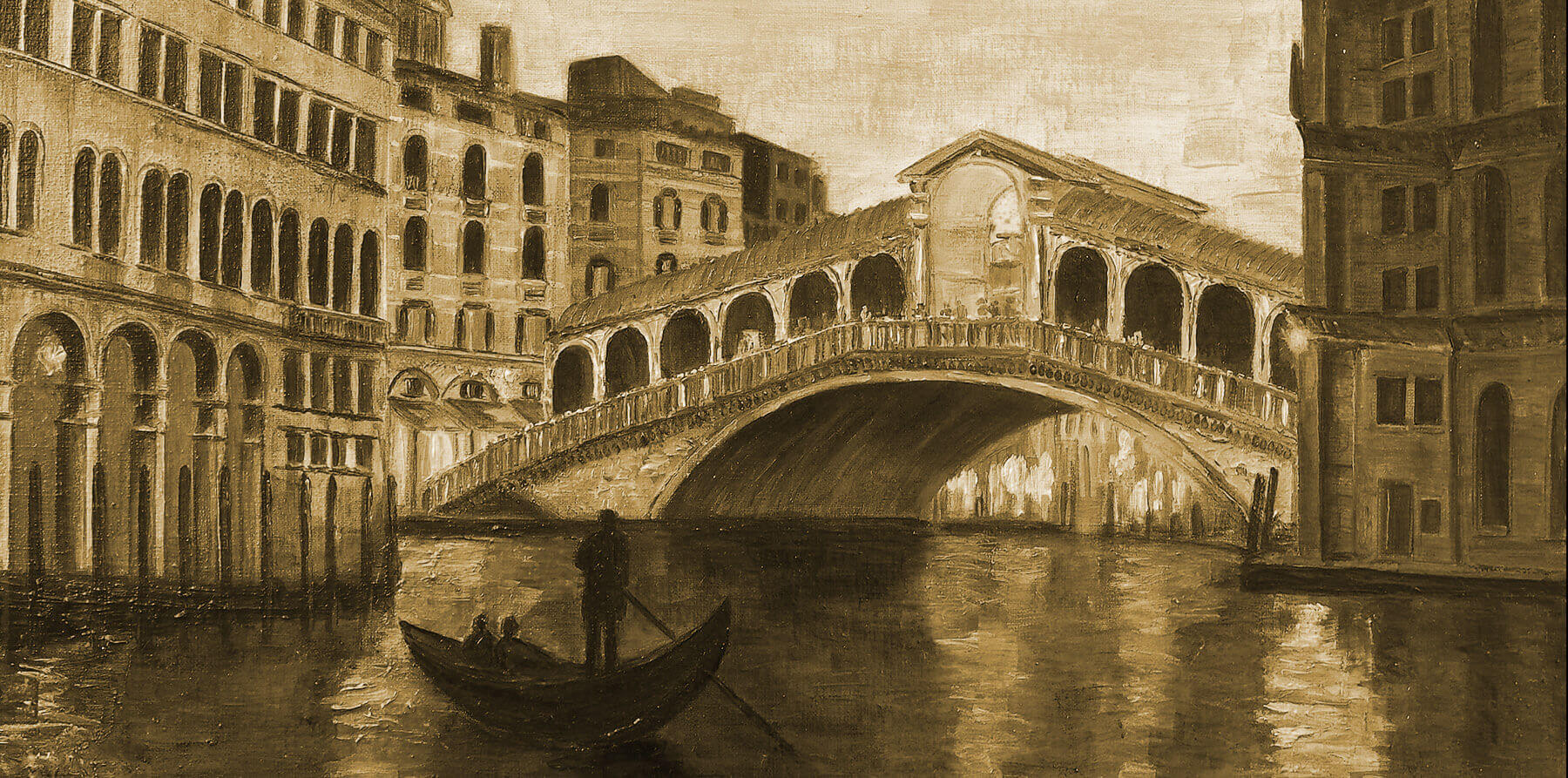
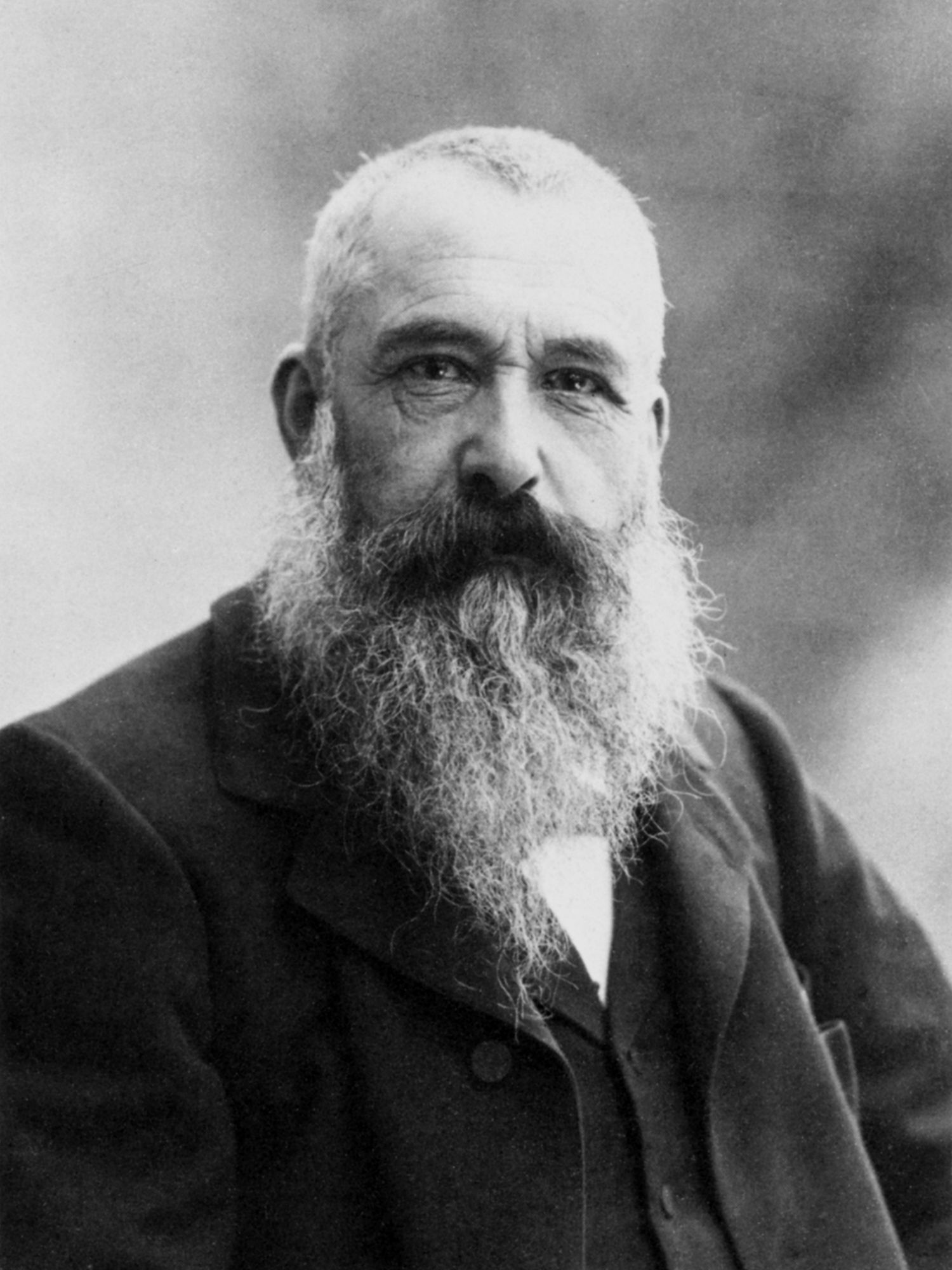
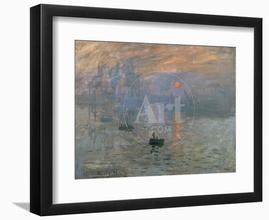
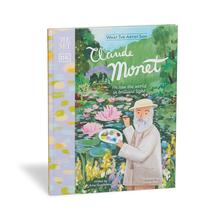
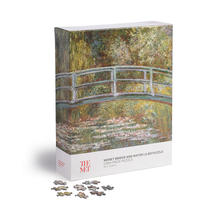
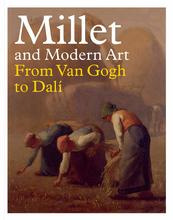

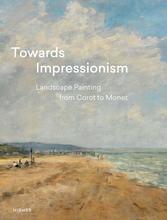

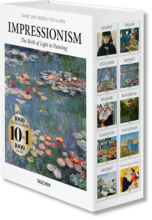
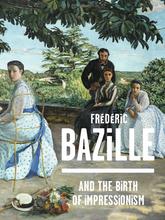
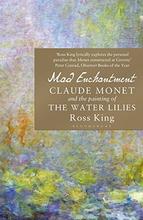
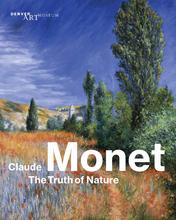
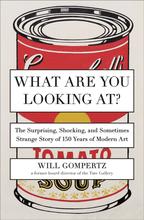
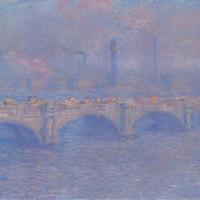
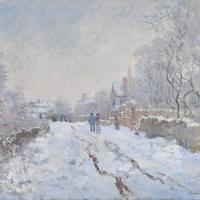
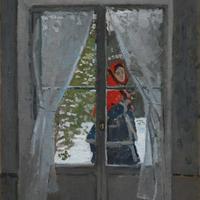
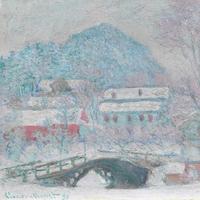
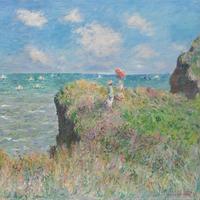









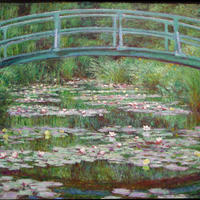
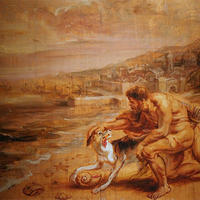
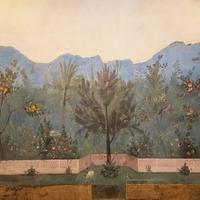
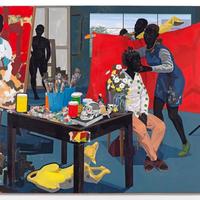
Kudos to Marguerite for making a connection between Monet and ZZ Top :)